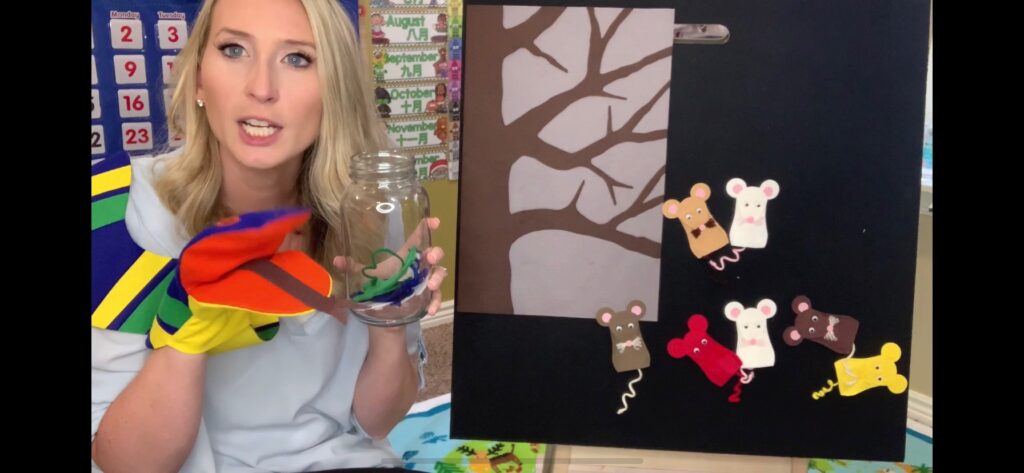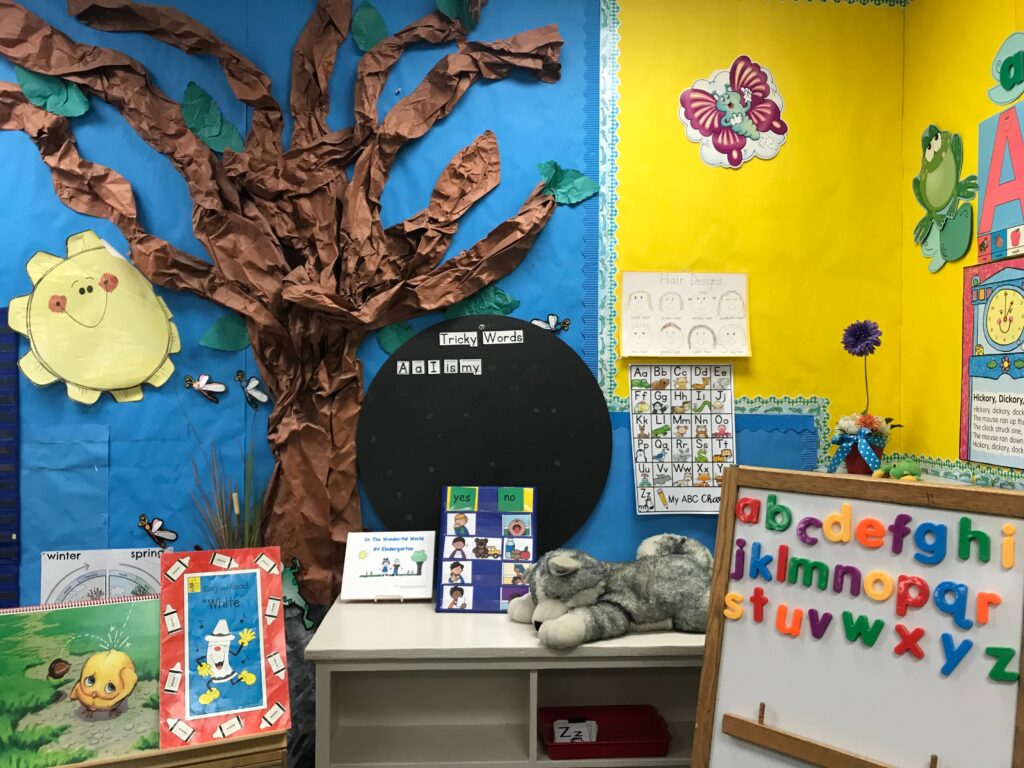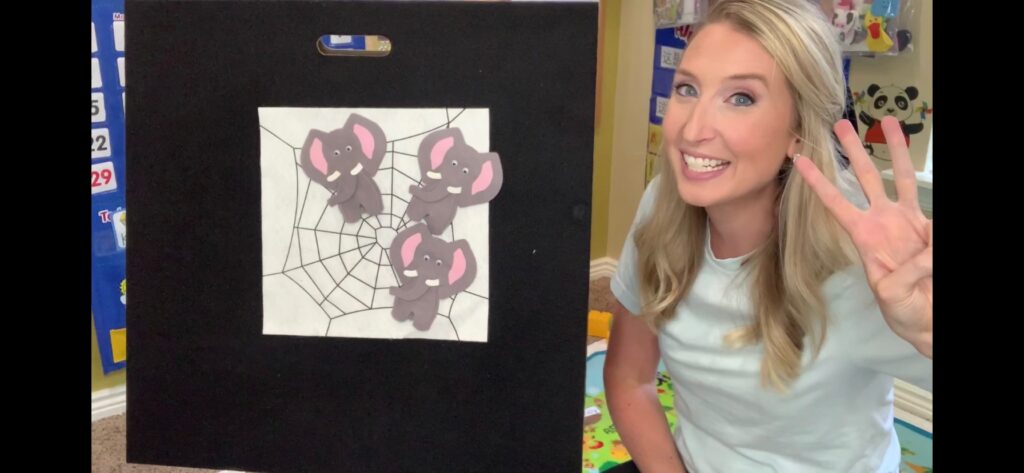When it comes to planning a successful preschool lesson, it is essential to include circle time. Circle time helps young children learn social skills, develop self-confidence, and practice language. When properly incorporated into a preschool lesson plan, it can provide an opportunity for children to interact, explore, and discuss topics related to the lesson. In this blog post, we will discuss how to effectively incorporate circle time into your preschool lesson plan and provide an example lesson plan about farms.

What is circle time and why is it important?
Circle time is a crucial part of a preschool lesson plan. It is a time when the whole class gathers together to engage in activities that promote learning and social interaction. Circle time typically includes activities such as reading books, singing songs, playing games, and sharing stories.
The importance of circle time cannot be overstated. It helps to create a sense of community within the classroom, as children come together to participate in group activities. This promotes social development and helps children learn to interact with others in a positive and cooperative way.
In addition, circle time is an opportunity for children to learn and practice important skills such as listening, taking turns, following directions, and participating in group discussions. These skills are essential for success in school and in life.
Overall, circle time is a critical part of any preschool lesson plan. It provides an opportunity for children to come together, learn and have fun in a supportive and engaging environment. So, if you are an early childhood educator, be sure to include circle time in your lesson plans!
The essential elements of a successful circle time
As a preschool teacher, you know that circle time is an important part of your lesson plan. This is the time where the whole class comes together to participate in a group activity. It is important because it helps build a sense of community among the students and promotes social-emotional learning.
But what makes a successful circle time? Here are the essential elements that you need to include in your planning:
- A clear routine: Children thrive on routine and predictability. Make sure you have a consistent routine for your circle time, including how you start, how you end, and what activities you do in between.
- Active participation: Circle time should not be a passive activity where students sit and listen. Encourage active participation through movement, singing, and games. This will help keep students engaged and interested.
- Learning goals: Make sure you have clear learning goals for your circle time. This can be related to literacy, math, science, or social-emotional learning. Have a clear idea of what you want your students to learn from the activity.
- Differentiation: Not all students learn in the same way. Make sure your circle time activities are differentiated to meet the needs of all learners. This could include providing visual aids or modifying the activity for students with different abilities.
- Positive reinforcement: Make sure you provide positive reinforcement for your students during circle time. This could include verbal praise, high fives, or stickers. Positive reinforcement helps build confidence and encourages students to participate more in the future.
By incorporating these essential elements into your circle time, you can ensure that your students are engaged and learning in a positive, supportive environment.

Planning a circle time lesson – an example
When it comes to planning a successful circle time lesson, there are a few things that you should keep in mind. First, it’s important to choose a theme that will engage your students and make the lesson fun and exciting. Second, you need to have a clear plan for the activities and materials that you will be using during the lesson. And third, you should always leave some room for flexibility and spontaneity, as children at this age often have their own ideas and interests that can be incorporated into the lesson.
To give you an idea of how to plan a circle time lesson, let’s use the example of a farm theme. Here’s how you might structure your lesson:
- Welcome and greeting
Start off by welcoming your students to circle time with a welcome song or a gathering song. I also love to start with an “I love you ritual” from conscious discipline and Dr. Becky Bailey. We then all day a few deep breaths together. - Calendar or Weather or any routine element such as color or shape that you choose to do consistently in your classroom.
- Theme Discussion
Present a photo related to the theme and present some related questions to consider and discuss as a class. I also like to make sure to add in any movement and interaction with the kids that’s possible. For example, you may have a short discussion about the farm theme. Ask them if they know anything about farms or if they’ve ever visited one before, see if they can make a noise like a farm animal. - Song and Movement Activity
Lead your students in a fun and interactive song or movement activity related to the farm theme. For example, you could teach them a song about Old MacDonald’s farm and have them act out the different animals.
That would be all I do for a preschool morning circle time, but I would definitely add in farm or any theme related arts and crafts, writing, literacy, math and fine motor activities throughout the center options and other group times through the day.
Also, be sure to consider how you structure your closing circle time for the day as well.
Closing circle includes:
- Gathering song
- Book and calm down activity
- Wrap-up and goodbye
Finally, end the lesson with a brief wrap-up discussion and a goodbye song. Ask your students what they learned or enjoyed about the day, and make sure to encourage their participation and creativity.
By following these steps, you can create a fun and engaging circle time lesson that your preschoolers will love. Remember to keep the activities simple and age-appropriate, and always be open to feedback and new ideas from your students. Happy teaching!

How to make circle time fun and engaging for your students
Circle time can be a great way to bring your class together, build community and start your lesson. However, keeping young children engaged can be a challenge. Here are some tips for making circle time fun and engaging:
- Use props: Bring in items related to your theme such as pictures, toys or stuffed animals. This will make the lesson more interactive and allow the children to get hands-on.
- Make it interactive: Involve the children in the lesson by asking questions, playing games or singing songs. Children learn best when they are actively engaged.
- Keep it short and sweet: Children have short attention spans, so keep your circle time to about 10-15 minutes. You can always revisit the topic later in the day or week.
- Change it up: Mix up your circle time by changing the location, the order of activities or the theme. This will keep the children interested and excited for what’s coming next.
- Use technology: Incorporate videos, interactive apps or digital storybooks into your circle time. Children are naturally drawn to technology and it can be a great way to enhance the lesson.
Remember, circle time is a time to have fun, learn and build relationships. With a little creativity, you can make it an engaging and enjoyable part of your preschool lesson plan.
